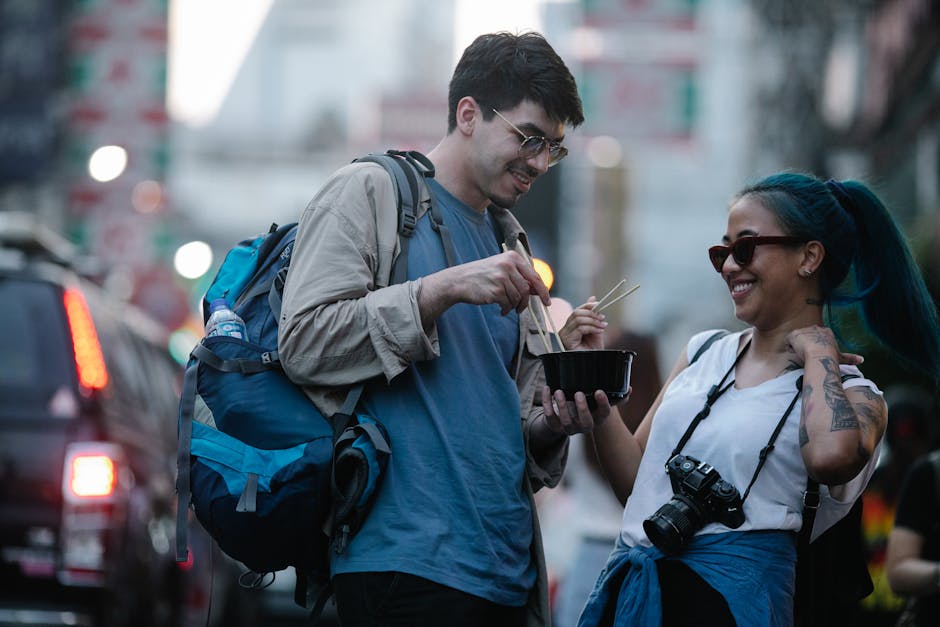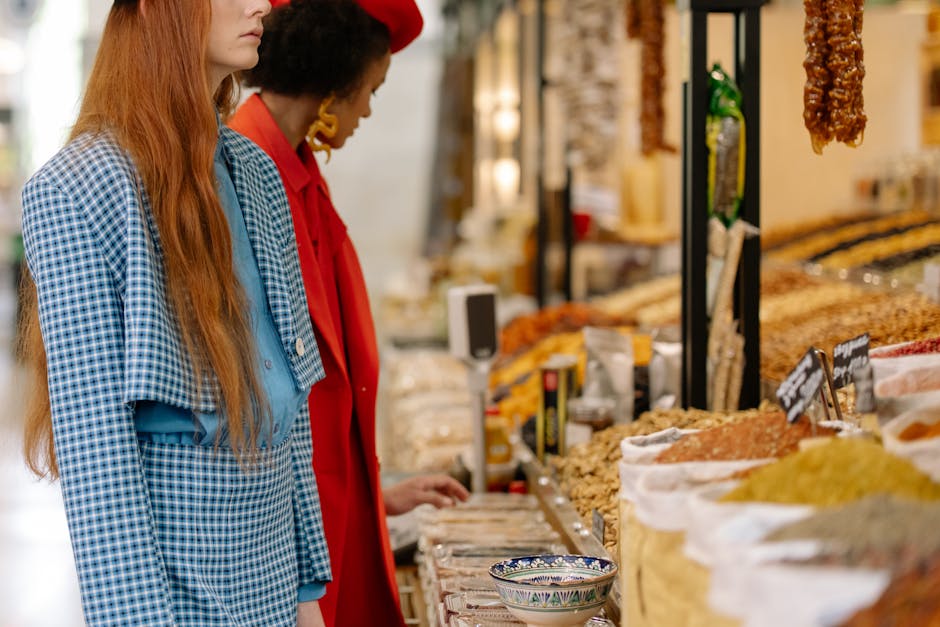Culinary Exploration: Food and Culture
Did you know that food is one of the best ways to explore a culture? Across the globe, every dish has a story. Each meal reflects the history, traditions, and values of it’s people. Lets take a delicious journey into the world of culinary exploration!
Why Is Food Important to Culture?

Food is more than just fuel. It connects us. Think about family dinners, festive feasts, or potluck gatherings. These moments are filled with love and laughter, often centered around a meal. Food shapes our identities and helps us celebrate our heritage.
According to a study by the International Journal of Gastronomy and Food Science, food plays a vital role in cultural identity. It influences how we see ourselves and how others see us.
How Does Food Tell a Story?

Every dish has a background. For example, consider the Italian pizza. It started as a simple flatbread in Naples but evolved into the globally loved dish we know today. The toppings tell the story of local ingredients and customs.
Similarly, sushi from Japan reflects a blend of art and craftsmanship. With every roll, you taste the rich history and cultural values of Japan.
What Are Some Cultural Food Practices?

Food practices vary widely around the world. Here are a few interesting examples:
- Breaking bread: Many cultures see sharing bread as a sign of friendship and peace.
- Food rituals: In Mexico, the Day of the Dead includes special foods to honor loved ones.
- Feasting: In many cultures, large meals celebrate important events, like weddings or harvests.
These practices show how food brings people together and preserves traditions.
How Can We Explore Food from Different Cultures?

Exploring new cuisines can be fun and enlightening. Here are some easy ways to start:
- Try cooking: Look up a recipe from another culture. Gather the ingredients and get cooking!
- Visit restaurants: Support local eateries that offer diverse cuisines.
- Attend food festivals: These events showcase various dishes and cooking styles. It’s a great way to learn.
Each plate you try can teach you something new. You might discover a new favorite dish!
What Role Does Agriculture Play in Food Culture?
Agriculture is the backbone of food culture. The crops grown in a region shape it’s cuisine. For example, rice is a staple in Asian countries due to it’s abundance. In contrast, potatoes are key in many European dishes.
Local farming practices also influence flavors. Fresh, seasonal ingredients often lead to tastier meals. When you eat locally, you support farmers and reduce your carbon footprint.
How Does Globalization Affect Local Cuisines?
Globalization mixes different culinary traditions. You can find tacos in New York or sushi in Paris. While this fusion can be exciting, it also raises questions. Are we losing traditional recipes? Are local flavors getting overshadowed?
Food critic Mark Bittman says, Food is a way to connect with our past and present. it’s important to keep traditional foods alive while embracing new flavors.
What Are Fusion Foods?
Fusion food blends elements from different cuisines. Think of a sushi burrito or Korean tacos. These dishes show how creativity can lead to something delicious and new.
While fusion can be exciting, it’s essential to respect the roots of each cuisine. Understanding the origins of ingredients and methods can enhance your culinary adventures.
How Can Food Foster Understanding Among Cultures?
Food can break down barriers. Sharing a meal encourages conversation and connection. For instance, when people from different backgrounds gather for a potluck, they share stories and experiences.
Culinary events or workshops can also promote cultural understanding. When people cook together, they learn about each other’s traditions and perspectives. it’s a tasty way to build bridges!
How to Be Mindful When Exploring Food Cultures
it’s essential to approach culinary exploration with respect. Here are some tips:
- Educate yourself: Learn about the culture behind the food you want to try.
- Support local businesses: Dine at authentic restaurants owned by cultural insiders.
- Avoid stereotypes: Recognize that every culture is diverse and complex.
Being mindful helps you appreciate the food and the stories behind it.
What Are Some Resources for Culinary Exploration?
Various resources can aid your culinary journey:
- Cookbooks: Look for cookbooks focused on specific cultures, like The Food of Morocco or Essentials of Classic Italian Cooking.
- Documentaries: Watch shows like Anthony Bourdain: Parts Unknown to explore food cultures worldwide.
- Online classes: Try virtual cooking classes that focus on different cuisines.
These tools can help you dive deeper into the world of food and culture.
Conclusion: what’s Next in Your Culinary Journey?
Culinary exploration is a never-ending adventure. Every dish you try and every recipe you cook opens a new door to understanding cultures. Start small. Visit a new restaurant, cook a different dish, or attend a food festival.
As you explore, remember that food is a unifying force. It connects us, tells stories, and embraces diversity. So, what will you cook next? Your culinary journey awaits!
For more insights on food and culture, check out the National Geographic article on food culture.

